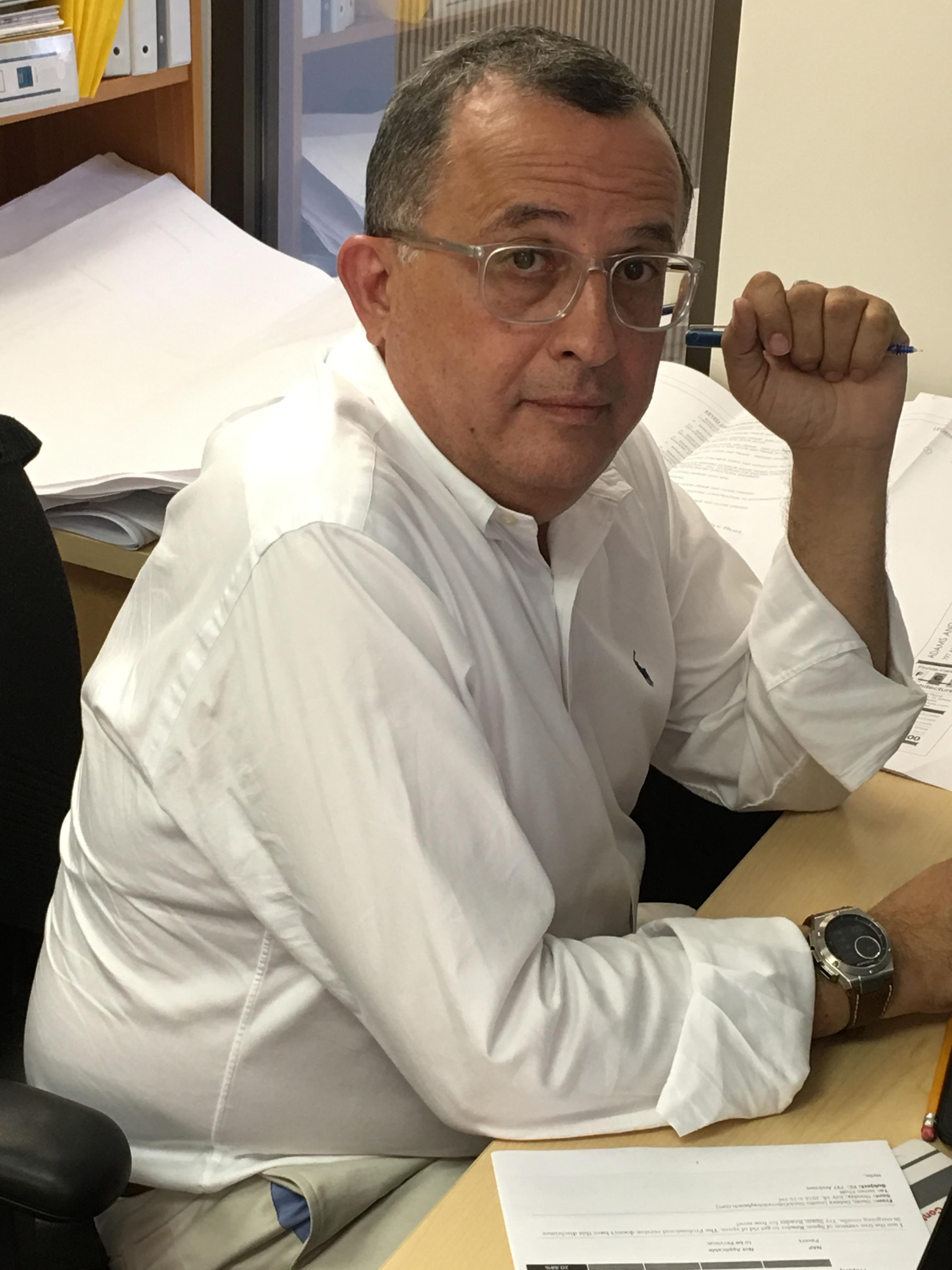
Welcome back to our conversation about the NEC. Let’s talk about a common problem in electrical engineering…the miscalculation of the Total Electrical Load results in the miscalculation of the Electrical Service for a facility.
No Reason for Errors
Really, there should never be an error in the Total Electrical Load for any project.
Fail-Proof Calculation
The proper, and only fail-proof way to do an electrical design, is to add all the electrical loads from the
Branch Circuit out to the Service Entrance and do adjustments for Demand Loads and changes…this is a bottom-up approach. This approach follows the methodology applied by the NEC in Chapter 2 Wiring and Protection.
Article 200 “Use and Identification of Grounded Conductors”, then at Article 210 “Branch Circuits”
followed by Article 215 “Feeders” and Article 220 “Branch Circuits, Feeder and Service Calculations”.
Finally at Article 225, the NEC moves to “Outside Branch Circuits and Feeders” then at Article 230 to
“Service”. When done with the Load Calculations, the NEC turns to Article 240 “Overcurrent Protection”, Article 250 “Grounding and Bonding”, then Article 280 “Surge Arrestors”. So the NEC moves through the calculation of the Total Electrical Load starting at the Branch Circuit through to the Service until at Chapter 3 it arrives at “Wiring Methods and Materials”. This progression reflects a bottom-up approach applicable to the calculation of the Total Electrical Load and the Electrical Service.
If you look closely, Chapter 2 deals with Electrical Load and Load Types. Once the Power Distribution Voltage and Phase are defined, the Circuit Current (Amps) can be calculated by applying Electrical Theory Equations. Then, from the Calculated Current (Amps) of the Circuit, the designer can determine the Overcurrent Protection Device (OCPD), Conductor Size, Ground Size, Conduit Size, and Voltage Drop, etc. for each Branch Circuit, Feeder, and Service Conductor. Understanding Chapter 2 and its contents establishes the methodology to develop the design of the Power Distribution System.
No Guestimating
In comparison, guestimating the size of the electrical load and all associated Branch Circuit Sizes,
Feeders and OCPDs at the start of a project can lead to an inaccurate baseline on which to build the
electrical engineering design. When combined with pre-sets of panelboard sizes, equipment disconnects, feeders and overcurrent protection devices there is a lot of room for error.
Constant Change
And because this is construction, change is the standard in our business every day. As we all know, equipment is added and deleted, building layouts change, room sizes increase and decrease…the one thing the engineer can count on is that everything affecting the electrical design is in constant flux.
Why is the Total Electrical Load Important?
So, how could anyone know the size of the electrical service at the start of a project? No one can guestimate the Total Electrical Load in conjunction with the factors identified at the start of a project.
Only by adding all the electrical loads from the Branch Circuit out to the Service Entrance can the engineer correctly size and adjust for changes in the electrical load for the project. What is the outcome of a mistake in the Total Electrical Load?
And what is the outcome of an addition or subtraction mistake?
Electrical equipment is either oversized at potentially great cost to the developer or undersized at
potentially great risk to safety for those occupying the building.
Project Success
So, the Total Electrical Load drives the success of your electrical engineering design. Software can be
used to ensure the accuracy of your calculations and design.


